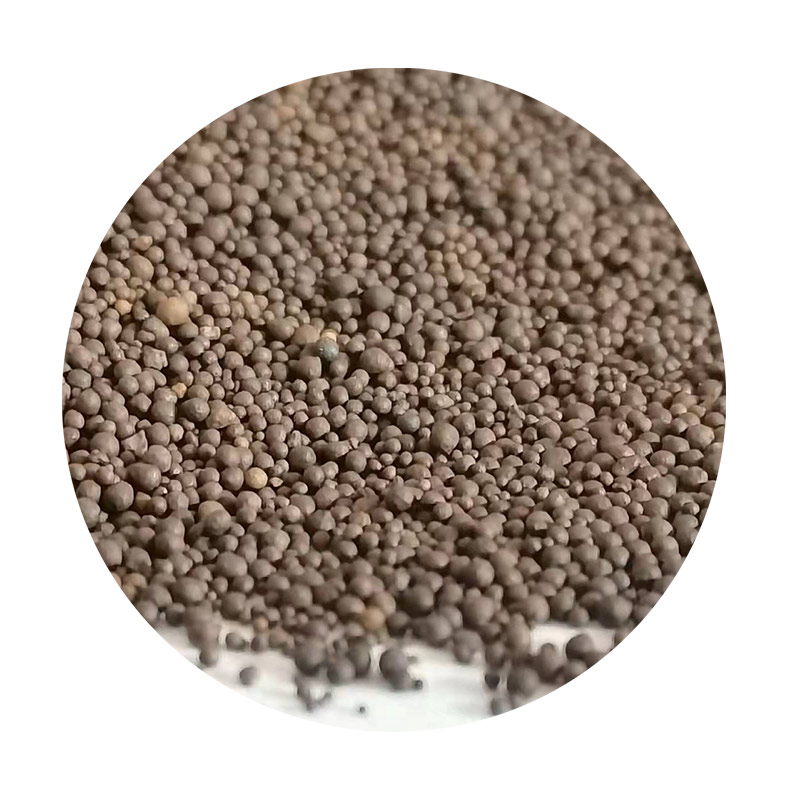The Art of Sanding 3D Prints A Guide to Achieving Smooth Finishes
3D printing has revolutionized the way we create objects, enabling both professionals and hobbyists to fabricate intricate designs with relative ease. However, while 3D printers can produce complex geometries with precision, the surface finish of printed parts often leaves much to be desired. This is where the art of sanding comes into play. Sanding is a vital post-processing technique that can transform a rough, layered print into a smooth, professional-looking finish. In this article, we will explore the importance of sanding 3D prints, the methods to achieve optimal results, and tips to enhance your sanding experience.
The Importance of Sanding
One of the most common challenges associated with 3D printing—especially with Fused Deposition Modeling (FDM) printers—is the visible layer lines that emerge during the printing process. These lines can affect not only the aesthetic appeal of the object but also its functionality, especially in applications where a smooth surface is crucial, such as in mechanical assemblies or aesthetic models. Sanding helps to eliminate these defects, enhancing both the look and performance of the printed piece.
Moreover, sanding can prepare a model for further finishing processes, such as painting or coating. A well-sanded surface allows for better adhesion of paints and finishes, ensuring that the final product is not only visually appealing but also durable.
Techniques for Sanding 3D Prints
1. Choosing the Right Tools The switching to sanding tools can greatly affect the quality of your finish. Start with a sanding block for flat surfaces and finer papers for detailed areas. Wet sanding can also be beneficial, using water to reduce dust and achieve a smoother finish.
2. Sanding Grit Progression Start with a coarser grit sandpaper (around 100-200) to remove layer lines and then gradually move to finer grits (up to 1000 or more) to achieve a smooth surface. This progressive approach minimizes scratches left by coarser grits.
3d print sanding

3. Sanding Techniques Use a circular motion to sand flat surfaces and be particular when working on curves and corners. It can also be helpful to sand in different directions, alternating between horizontal and vertical motions to ensure an even finish.
4. Be Patient Sanding can be a time-consuming process, especially for larger prints. It's essential to take your time to avoid creating new imperfections. Regularly inspect your work to evaluate the progress and determine when to move to finer sandpapers.
Additional Tips
- Ventilation When sanding, especially with materials like PLA or ABS, ensure proper ventilation. Some particles can become airborne, so wearing a dust mask or respirator is advisable.
- Check Compatibility Not all filaments are created equal. Different materials may respond differently to sanding. For example, materials like PETG can be tougher to sand due to their toughness, whereas PLA typically sands more easily.
- Finish with a Clear Coat After sanding, consider applying a clear coat or primer. This can help to seal the surface, enhance the appearance, and provide a protective layer against scratches and environmental factors.
In conclusion, sanding is an invaluable technique for anyone working with 3D prints. It allows for the refinement of the printed object, resulting in a smoother, more professional appearance. Whether you're a hobbyist or a professional, mastering the art of sanding will certainly elevate your 3D printing projects, paving the way for new creative possibilities. With the right tools and techniques, you can transform mediocre prints into impressive works of art.
Post time:តុលា . 11, 2024 08:48
Next:advantages of sand casting process
